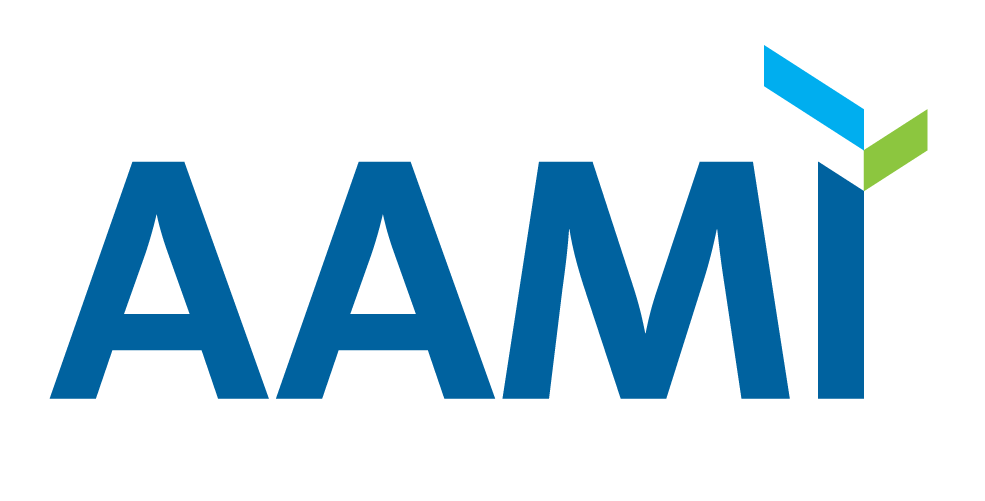BMET 101: A CABT Prep Course

Overview
This 6-module virtual course engages those interested in entering the Healthcare Technology Management (HTM) field with expert developed content, interactive practice tools, and pre/post-assessments designed to unpack the requisite focus areas of the field. The areas covered in this course align with those tested in the AAMI Certified Associate in Biomedical Technology (CABT) program.
What to expect
Course Modules:
About A BMET
- Explore a basic overview of the roles and responsibilities Biomedical Equipment Technicians typically fill and learn exactly what it takes to become a BMET.
Safety
- Participants will learn to 1) identify basic infection control measures and personal protective equipment, 2) describe hazardous material safety data sheets, 3) explain Lock Out Tag Out (LOTO), 4) Identify safety symbols (e.g., color coding for gases, signage), and 5) identify the safety risks associated with various medical equipment (e.g., imaging devices, defibrillator, lab equipment).
Regulatory
- This lesson will explain BMETs impact on patient safety and which regulatory agencies set guidelines.
Electronics
- Participants will learn to 1) solve basic circuit problems involving DC and AC circuits, 2) utilize basic electronics terminology (e.g., electrostatic discharge (ESD), wiring, color-code wire standards, ground, voltage, current, resistance, LED), 3) describe Ohm's Law and how it applies to electrical safety and testing, and 4) recognize basic concepts of electricity and symbols (e.g., fuses, circuit breakers, capacitors, batteries, transformers).
Anatomy & Physiology
- Participants will learn how to explain the structure and function of the major organ systems in the human body, including the cardiovascular, nervous, endocrine, muscular/skeletal, respiratory, digestive, and renal systems.
Medical Devices
- Participants will learn to 1) Identify the different areas of the hospital, 2) differentiate between diagnostic, monitoring, and therapeutic equipment, 3) identify the different areas of the hospital and the types of medical equipment you will find in each area, and 4) Describe the basic theory of operation, functioning and clinical application of medical devices (e.g. heart monitors, EKG carts, bladder scanners, defibrillators, ventilators, blood pressure monitors, pulse oximeters, infusion pumps [IV, PCA, feeding], suction devices, electrical surgical units, and centrifuges and carry out operational checks on such devices
Who Should Attend?
BMET 101 is geared towards individuals who have limited to no experience in HTM and are in need of an entry-level overview of the field. Employers can also implement this eLearning product as a way to onboard new hires with a base level training as they begin their BMET role.
Virtual Training Information
Our virtual training environment allows you to have direct interaction with your instructors and your fellow attendees. AAMI uses Zoom for virtual classes. You can test your connectivity and ability to use Zoom at zoom.us/test.
For virtual training courses, we request that you register at least one week in advance of the course start date to allow sufficient time for shipping of training materials and devices (Please allow two weeks for non-U.S. addresses). If you register within these time frames, AAMI cannot guarantee you will receive material prior to the start of the course but you will have access to digital versions of the materials. If you have any questions, please email education@aami.org.
